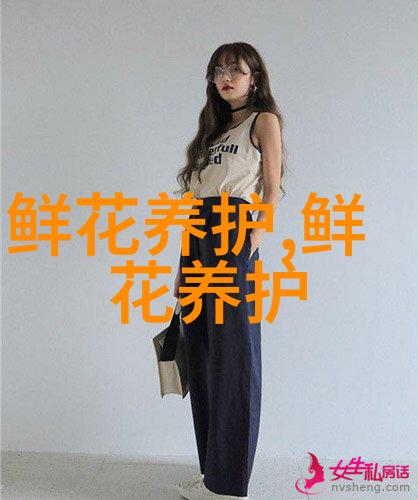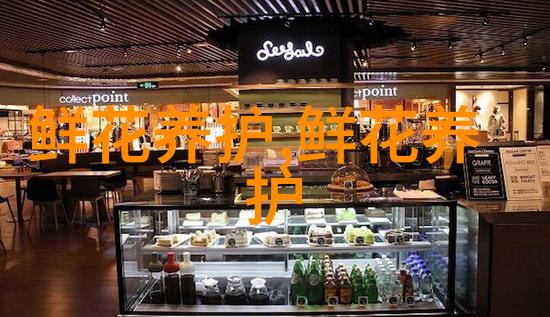17三六十九约翰霍伊兰(John Hoyland)高清作品欣赏
 约翰·霍伊兰(John Hoyland)高清作品《17。三。六十九》
约翰·霍伊兰(John Hoyland)高清作品《17。三。六十九》
作品名:17。三。六十九
艺术家:约翰·霍伊兰
年代:1969
风格:色域绘画
类型:抽象
介质:丙烯,帆布
收藏:泰特英国,伦敦,英国
自从1960从伦敦皇家学院毕业以来,霍兰一直在做大型抽象画。这种早期的绘画如1961年4月,使用传统的油画材料油画在帆布上,由细微的彩色线条衬托在单调的地面上,并处理光学问题。1963年,霍伊兰弃油为丙烯酸,开始在棉布和帆布上绘画。他深受美国抽象表现主义者的影响。起初,他更接近于这所学校的非手势艺术家,罗斯科,纽曼和阿德·莱因哈特,他们都坚持宏大的规模和消除比喻参考。他与纽曼分享了对色彩的兴趣,因为色彩具有情感的力量,但他正在尝试寻找一种不同的框架来达到这个目的。正如他后来评论的:“我的工作从一开始就一直在进行。形式问题,但只是作为情感的载体(引用豪斯,P.14)。1963年,安东尼·卡罗(1924年出生)的抽象“流行”雕塑在伦敦白教堂美术馆展出,他深受感动,并与雕塑家分享了在他的媒介中创造一种新的抽象语言的愿望。他关注的形式问题源于传统绘画到具象绘画的相同问题——构图、绘画、空间、色彩和技术。在霍兰德的作品中,色彩和空间占据了主导地位,他拒绝了现代主义者对平面平面现实性的坚持,用色彩来创造一种虚拟的虚幻空间。他解释说:“颜色是本能使用的,不是智力上的。”但是一旦做出了本能的选择,颜色就会被当作一个长序列来播放。把色彩放在哪里是关键的问题和决定,总是问题。如果你有一个长方形,那就很有趣地添加它,通过赋予它内部的形状独立的生命来丰富和复杂这个区域,而不允许它们被它们和整体画平面的统一无止境地限制。(引用在约翰·霍伊兰:绘画1960-67,第14页)。
Title:17. 3. 69
artist:John Hoyland
Date:1969
Style:Color Field Painting
Genre:abstract
Media:acrylic,canvas
Location:Tate Britain, London, UK
Hoyland has been making large abstract paintings since he graduated from the Royal Academy Schools, London in 1960. Such early paintings as April 1961, made using the traditional materials of oil on canvas, consist of fine coloured lines against a monotone ground and deal with optical issues. In 1963 Hoyland abandoned oil for acrylic and began painting on cotton duck as well as canvas. He had been deeply influenced by the American Abstract Expressionists. At first he identified more closely with the non-gestural artists in this school, Rothko, Newman and Ad Reinhardt, all of whom insisted on grand scale and the elimination of figurative references. He shared with Newman an interest in colour for its emotive force, but was experimenting to find a different framework within which to do this. As he later commented: ‘what my work has always been about from day one ... formal problems, but only as a vehicle for emotions’ (quoted in Moorhouse, p.14). He was also impressed by an exhibition of the abstract ‘pop’ sculptures of Anthony Caro (born 1924) at the Whitechapel Gallery, London in 1963 and shared with the sculptor the desire to create a new abstract language in his medium. The formal problems he concentrated on stem from the same issues traditional to figurative painting – composition, drawing, space, colour and technique. Colour and space were to take precedence in Hoyland’s work; he rejected the modernist insistence on the flat reality of the picture plane and used colour to create a sense of virtual illusory space. He has explained: Colour is used instinctively, not intellectually. But once an instinctive choice is made, the colour tends to be played through as a long sequence. Where to put colour is the crucial question and decision, and always the problem ... if you have a rectangle it is interesting to add to it, to enrich and complicate the area by giving an independent life to shapes inside it and not allow them to be endlessly restricted by their unification with the over-all picture plane. (Quoted in John Hoyland: Paintings 1960-67, p.14.)



